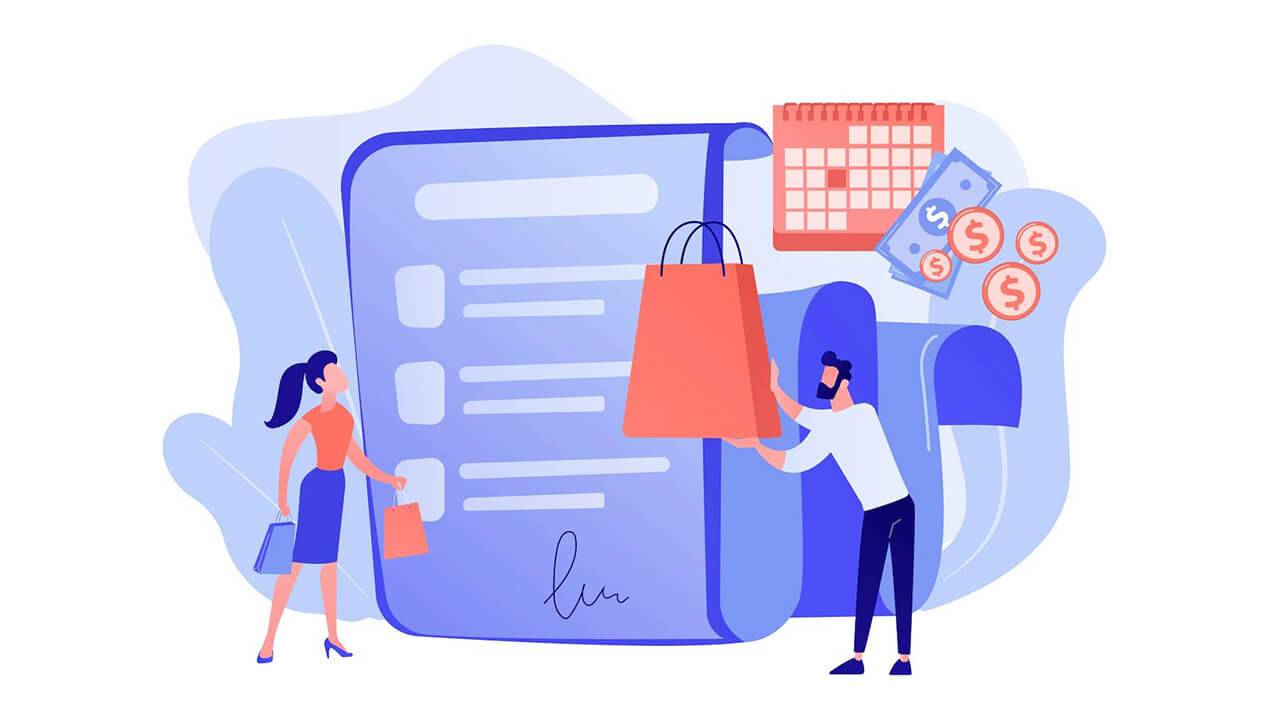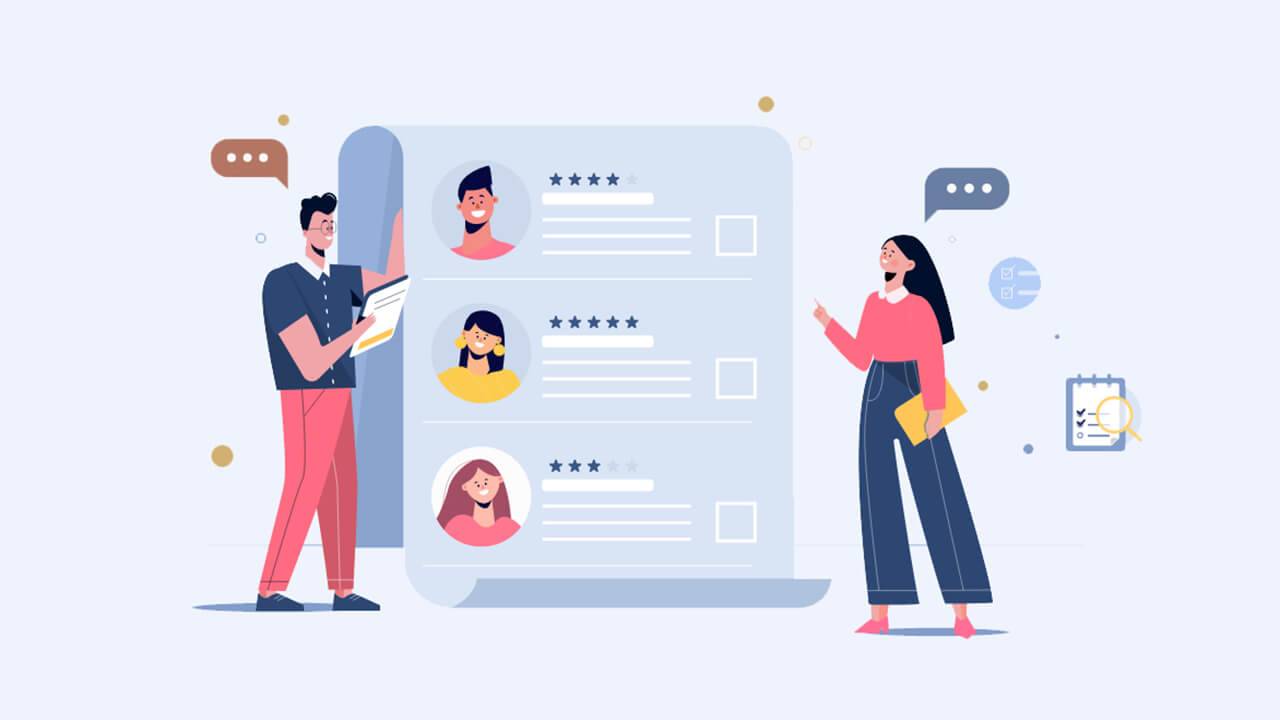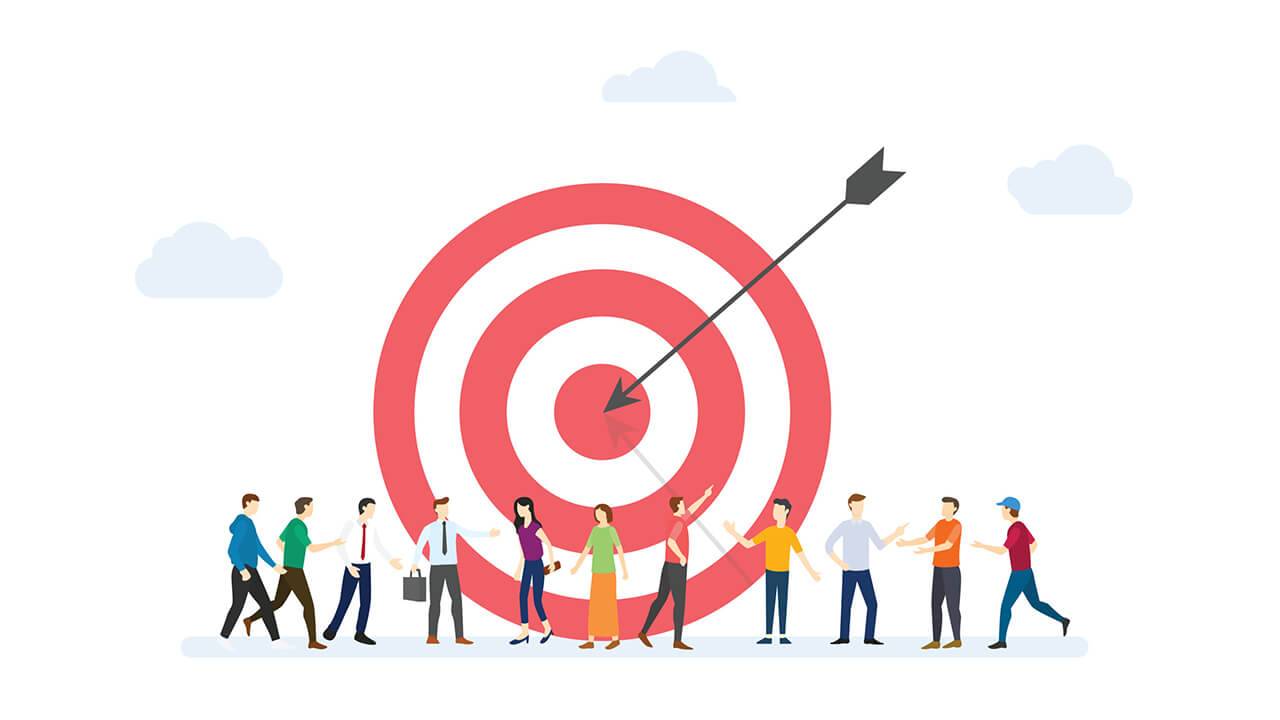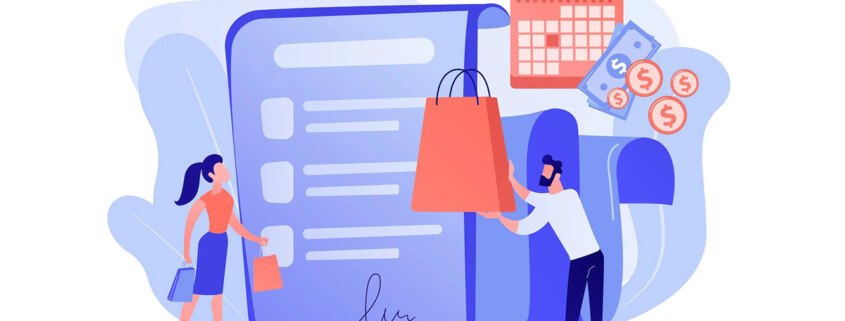Understanding Your Target Audience: A Guide to Developing Buyer Personas

For your business blog to succeed, you need to publish content that resonates with your readers. This content has to not only be relevant to their needs, but it has to offer something of value, whether it’s in the form of information, education, advice, or even entertainment.
While you might think that you know exactly what your readers want, you’d be surprised at how many businesses get it wrong. Knowing who your blog’s audience is and what their needs are isn’t always as simple as it seems. And if you get it wrong, the content you’re publishing on your blog may not offer the value you think it does.
Fortunately, you can avoid such a costly misstep by simply developing buyer personas for your business.
What Exactly Are Buyer Personas?
A buyer persona is a general depiction of your ideal customer. It’s based on data and insight into the needs, wants, preferences, frustrations, influences, and motivations behind their purchasing decisions. Basically, by putting together a buyer persona, you’ll have a reference that you can use when creating blog content to ensure that you’re writing for your target audience.
Keep in mind that most businesses have more than one buyer persona. There’s a good chance you sell more than one product or service, and different people will buy different products or services to serve different needs. As such, it helps to create several buyer personas to represent the entirety of your target customer base.
What Does a Buyer Persona Tell You About Your Audience?

Buyer personas consist of a variety of different elements. Each element can give general information about your customer base — but when put together with other elements, they create a more comprehensive representation of a specific type of customer. The following are the various components that, when combined, make up a buyer persona.
- Customer Demographics:A buyer persona gives you insight into the demographics of your target audience. For instance, if most of your customers are women between the ages of 25 and 45 who live in the suburbs, you’ll want to make sure that your blog content reflects this.
- Customer Jobs and Industry:A buyer persona can also tell you what industry your target audience is in, as well as the jobs they hold. This information can help you to tailor your content accordingly. For example, if you sell accounting software, knowing that most of your customers are small business owners in the tech industry will go a long way toward generating content that’s relevant to them.
- Customer Motivations:A buyer persona can tell you what motivates your target audience to make purchase decisions. Such information can help you develop content that speaks to their needs and resonates with them. For example, if you realize that your target audience is motivated by saving money, you can focus blog posts on various ways to reduce their expenses and emphasize how your services can help cut costs.
- Customer Challenges:You’ll want to understand your audience’s challenges so that you can focus on explaining those challenges and presenting solutions to them. For example, if you sell accounting software, the biggest challenge your target audience faces is likely keeping track of expenses and inventory. So when writing blog content, you could focus on how your software can help them overcome that challenge.
- Customer Fears:This information will allow you to develop content that specifically deals with those fears and offers solutions to them. For instance, say you sell security software and most of your customers are small business owners in the accounting industry. If they fear that their business will get hacked and that someone will steal their data, you could write blog posts on how to prevent such a scenario from happening.
- Customer Preferences:Preferences refer to many things, such as the type of content they like to consume, whether they use smartphones to browse the web, where they get their information from, what social channels they use, and more. Understanding these preferences can help you create blog content that’s more convenient for them to consume.
- Target Audience Barriers:This information will enable you to understand why your audience is reluctant to purchase from you. If most of them are concerned about the cost, writing content that emphasizes the value of a particular solution can help alleviate their concerns and boost sales.
Why Do You Need a Buyer Persona?

At first glance, crafting buyer personas may seem like a strategy that’s more useful for your sales department — or for other areas of your marketing campaign. However, buyer personas can be incredibly useful for your content marketing strategy — specifically, for creating blog content. The following are a few of the primary benefits of using buyer personas for your blog content strategy:
- Define your target audience:Knowing who your readers are is essential for any content strategy. By developing buyer personas, you’ll have a more precise understanding of the people you’re trying to reach. You can use this knowledge to determine the tone, style, and information you publish on your blog.
- Guide your blogging strategy:Many businesses struggle with creating a clear content strategy or editorial calendar for their blog. But when you know your target audience, it’s much easier to create a content plan that resonates with them and helps achieve business objectives (e.g., leads generated). Not to mention that you can make sure that you create content that addresses every part of your audience by developing blog posts that target each buyer persona.
- Improve reader engagement: Studies show that customers are less likely to engage or interact with businesses they don’t feel connected with (e.g., they can’t relate to). Developing buyer personas helps you get inside the minds of your target customers so that you can write content and messaging that resonates with them. Doing so will help improve customer engagement with your blog, and the more engaged they are, the more likely to convert they’ll be.
- Optimize your content for user intent: Search engine optimization (SEO) is crucial to your blog’s success. Using your buyer personas, you can identify keywords that align with your user’s intent, which helps you better determine what types of blog content will match that intent. Doing so helps improve your SEO ranking and increase your organic traffic on Google.
- Target your promotional efforts more effectively: When you know your target customer, it’s much easier to identify where they are and how to reach them. You can then use this information to tailor your promotional efforts (e.g., email marketing campaigns, social media posts) for maximum effectiveness.
- Improve lead generation:Finally, one of the most obvious benefits of using buyer personas for your blog content strategy is that it can help improve lead generation. Creating relevant and appealing content for your target customers makes it easier for them to find you and learn more about what you have to offer. As a result, you’ll increase the number of leads you generate from your blog.
How Do You Develop Your Buyer Personas?

Now you know why buyer personas are so helpful for your blog. However, understanding the benefits of a buyer persona and its characteristics is one thing. Going about creating it is another. After all, you will have to collect and organize a lot of data about your existing customer base to put together your buyer personas. As such, developing your buyer personas will take a little bit of effort — but it will be well worth it in the end. The following are a few tips to help you build your buyer personas:
- Use the data stored in your CRM:Suppose you’re using a customer relationship management (CRM) solution. In that case, it means that all of the data you’ve collected on your existing customers should be stored and organized in one centralized location. As a result, you can go into your CRM and start pulling essential details from your customers to assemble your buyer personas.
- Mine customer data on social media:The social media profiles of your customers are a goldmine of information. Your followers are essentially publicly presenting you with the information you need to help craft your buyer personas. Check social media networks like Facebook and LinkedIn for in-depth user profiles to help you with your demographic information. You could also use your social media pages to post questions to retrieve useful information (such as your audience’s fears, challenges, and motivations).
- Send surveys to your email list:This is an excellent opportunity to collect information about your customers if you have an email list. Send out surveys that ask questions about your customers’ demographics, their interests, and preferences, as well as whether or not they would be interested in hearing from you (and what kind of content they would be interested in).
- Interview your sales team:Your sales team is likely to have a lot of valuable information about your customers. Ask them to share any stories they may have about their interactions with customers, as well as what they think the customer’s motivations and challenges are.
- Check out the competition: If your business is relatively new, you may not have as much access to customer information that can help you with your buyer personas. If this is the case, do a little competitor research. Check out your competitors’ blogs and social media accounts to see who engages with them. Doing so can give you information about the types of people they’re targeting. If your businesses are similar, you can use this data to help develop your buyer personas.
Create Buyer Personas to Improve Your Blog’s Success
By developing buyer personas for your business, you should have a much easier time creating content that speaks to your target customers. By doing this, you’ll be able to generate a lot more leads and increase your brand’s visibility — all without having to spend a lot of money on advertising.










